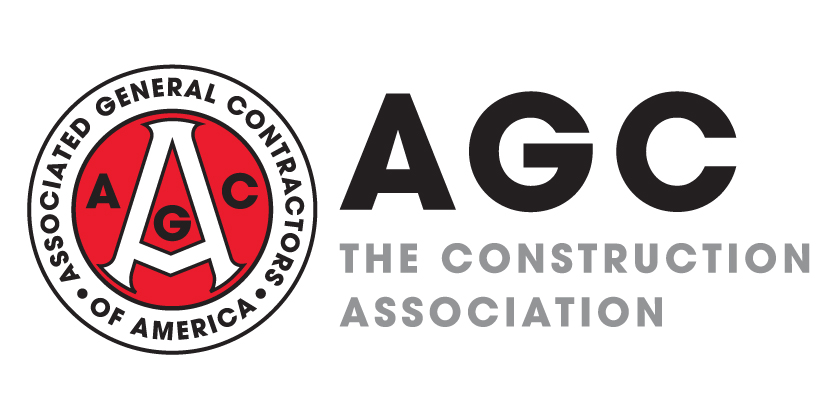
Seasonally adjusted construction employment increased from September 2018 to September 2019 in 39 states and the District of Columbia and declined in 11 states, an AGC analysis of Bureau of Labor Statistics data released on Friday shows. Texas added the most construction jobs (52,000 jobs, 7.0%), followed by California (30,400, 3.5%), Arizona (16,500, 10%), Florida (16,200, 2.9%) and Nevada (11,100, 12%). Nevada added the highest percentage of construction jobs, followed by Arizona, New Mexico (8.7%, 4,100), New Hampshire (7.8%, 2,100), Texas and Indiana (7.0%, 9,800). Construction employment reached new highs (in records dating back to 1990) in Nebraska, Texas and Washington. Louisiana again lost the largest number and percentage of construction jobs for the year (-10,600, -7.0%). Other states with large job losses include Ohio (-7,600, -3.4%) , Connecticut (-1,800, -3.1%), Tennessee (-1,300, -1.0%), Massachusetts (-1,200, -0.8%) and North Carolina (-1,200, -0.5%). Other states with a substantial percentage decline include Vermont (-6.0%, -900 jobs), Ohio, Montana (-3.4%, -1,000) and Connecticut. Construction employment rose from August to September in 28 states, decreased in 22 and was flat in D.C. (AGC's rankings are based on seasonally adjusted data, which in D.C., Hawaii and Delaware is available only for construction, mining and logging combined.)
The value of "new construction starts moved 5% lower in September" at a seasonally adjusted annual rate from the rate in August, Dodge Data & Analytics reported on Monday. "By major sector, nonbuilding construction fell 13% in September, while residential construction dropped 6%. On the plus side, nonresidential [building] construction starts rose 1% during the month, aided by the start of a large manufacturing project....Through the first nine months of 2019, total construction starts were 3% lower than 2018 due to pullbacks in both residential and nonresidential construction starts. However, nonbuilding construction starts are 4% higher year-to-date as a result of strong gains in electric utilities/gas plants."
"The U.S. economy expanded at a slight to modest pace since the prior report as business activity varied across the country," the Federal Reserve reported on Wednesday in the latest "Beige Book." The Beige Book is a compilation of informal soundings of business conditions in the 12 Fed districts, which are referenced by the name of their headquarters cities. AGC compiled construction-related comments, including these from district reports. Boston district: "Commercial real estate [and construction] activity remained strong in the Boston and Portland metro areas and picked up in Providence" but "stayed low" in Hartford. New York: "New multi-family [and commercial] construction starts have weakened noticeably across the New York City area, though there has been a modest pickup in upstate New York. Ongoing multifamily construction has remained fairly brisk. New office and industrial construction has weakened slightly across the district." Philadelphia: "On balance, commercial real estate construction and leasing activity seemed to hold steady at relatively high levels. Most contacts were bullish about current activity and noted that while the project pipeline has thinned, groundbreakings, project planning, and new inquiries remained relatively steady." Cleveland: "Nonresidential construction and real estate saw strong, steady demand over the period. Some nonresidential contractors noted an uptick in contracts for office and healthcare-related buildings." Richmond: "Commercial real estate leasing, sales, and construction picked up, although some softness was reported in retail and office construction." Chicago: "Nonresidential construction activity was little changed. Nonresidential builders also noted that rising costs were slowing activity."
"New home construction continues to gain traction, despite [Thursday's] seemingly disappointing headline of a 9.4% drop in overall starts in September," Wells Fargo Economics posted on Thursday. "All of last month's drop was in multifamily, which likely reflects growing caution on the part of lenders and developers amid slowing job growth and this past summer's inverted yield curve-fueled recession scare. Multifamily starts have fallen in three of the past four months, with the lone rise coming in August, when seasonally adjusted starts surged 41.4% to a 471,000-unit pace. The other three months averaged a much tamer 347,000-unit pace. The average for the entire four-month period is 378,000. Multifamily permits have not been anywhere near as volatile, averaging a 488,000-unit pace over the same four-month period, more than 100,000 units higher than starts. A gap that large would normally suggest that there is a large pipeline of projects waiting to get started....While apartment construction is showing signs of topping out, single-family appears to be regaining momentum. Single-family starts rose 0.3% in September to a 918,000-unit pace, marking their fourth consecutive increase and the highest level since January of this year. Single-family permits rose a more robust 0.8% to an 882,000-unit pace, marking their fifth consecutive increase."
Shifts in country of origin and education level of recent immigrants suggest that construction will continue to have trouble finding foreign-born craft workers. An analysis of the Census Bureau's American Community Survey by Brookings Institution Senior Fellow William Frey, posted on October 2, finds, "Among 2018 foreign-born residents, similar numbers of post-2010 migrants reported Asian (40.1%) and Latin American (40.4%) origins....While Mexico continues to rank first in total foreign-born population, at 11.2 million, it has sustained a loss of more than 500,000 since 2010....Since 2010, new foreign-born Americans also differ because of their higher level of educational attainment. When looking at the net gains of 2010-2018 foreign-born adults (age 25 and above), 61% were college graduates, compared to 33% among the native-born population."




